A friend recently challenged me during a casual chat: “Name an orange fruit that starts with P.” At first, I laughed—how hard could that be? There are plenty of fruits that begin with P, right? Peach, papaya, pear, passionfruit… the list goes on. But then I paused. Orange? That little detail suddenly made the task trickier. I found myself running through names in my head, second-guessing whether they truly counted as orange or leaned more yellow, red, or even pink. It’s funny how one color filter can turn a simple fruit game into a real brain teaser. Want to test yourself? Let’s see how many orange fruits beginning with P you can come up with. I’ve gathered some of the best-known ones here, along with details and photos to help you spot them next time.
1. Papaya

With its soft orange flesh, papaya is a tropical favorite enjoyed fresh, blended in smoothies, or added to fruit salads. Its naturally sweet and juicy flavor makes it refreshing on a hot day. The fruit also contains plenty of vitamins, especially vitamin C, and tiny black seeds inside that are edible, though slightly peppery in taste.
2. Peach

Peaches are known for their fuzzy skin and juicy orange-yellow flesh. Sweet and fragrant, they’re delicious eaten raw, baked into pies, or grilled in summer dishes. Georgia in the U.S. is famously called the “Peach State,” but this fruit grows in many places worldwide. With thousands of varieties, there’s a peach to suit nearly every preference, from soft and tender to firm and tangy.
3. Peach Palm Fruit
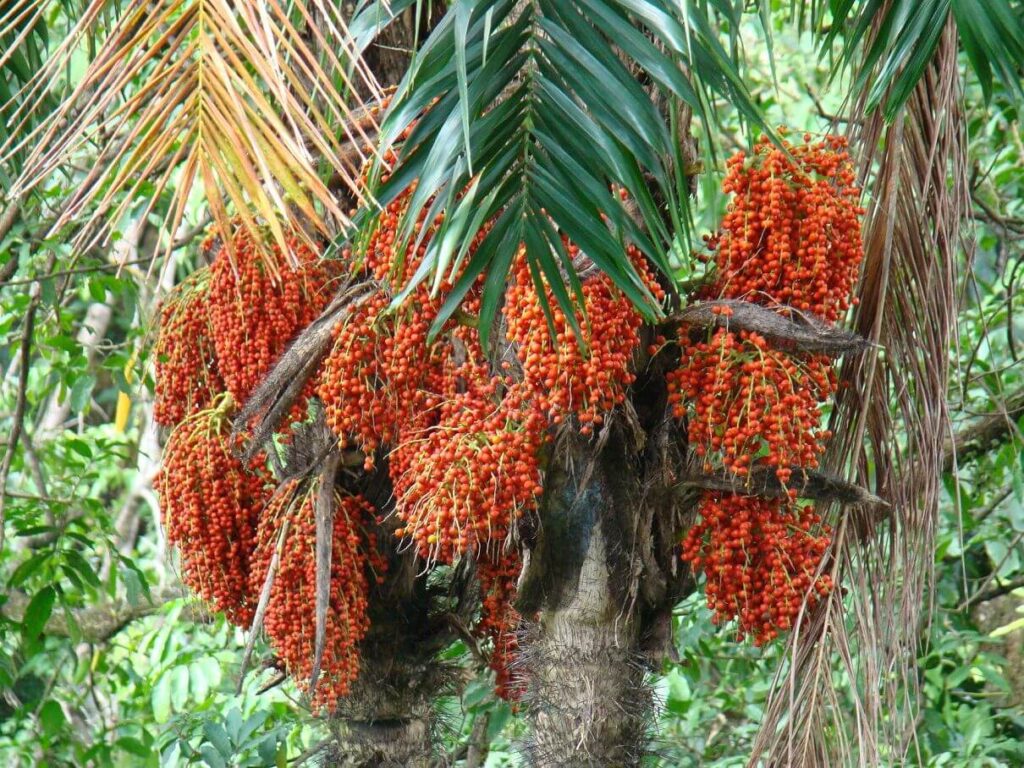
This bright orange to red fruit grows on tall palms in Central and South America. It must be cooked before eating, usually boiled or stewed, and is sometimes sweetened with honey. Rich in protein and carbs, it’s also made into drinks and preserves. The seeds yield oil high in beta-carotene, used in local cooking. Despite its dry, mealy texture, peach palm fruit is highly valued as a staple food.
Discover more orange palm fruits: 14 Orange Fruits from Palm Trees
4. Peanut Butter Fruit

Small and bright orange-red, peanut butter fruit gets its name from the nutty aroma and taste of its dense pulp. Native to South America, it’s often eaten fresh right off the plant or made into jams and jellies. Though about the size of a cherry tomato, its flavor is unique and surprising, delighting anyone who tries it for the first time.
5. Pequi
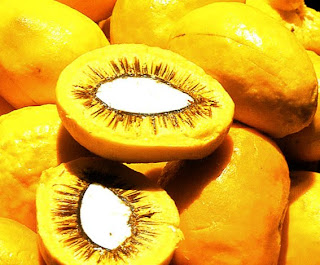
Pequi is a small fruit from Brazil, famous for its strong, unique flavor. Inside, it has a bright orange pulp that is the part people eat, usually cooked with rice, chicken, or other traditional dishes. The large seed and tiny spines mean you have to be careful while eating. Despite its unusual taste, pequi is an important and beloved ingredient in the cuisine of Brazil’s Cerrado region.
6. Persimmon
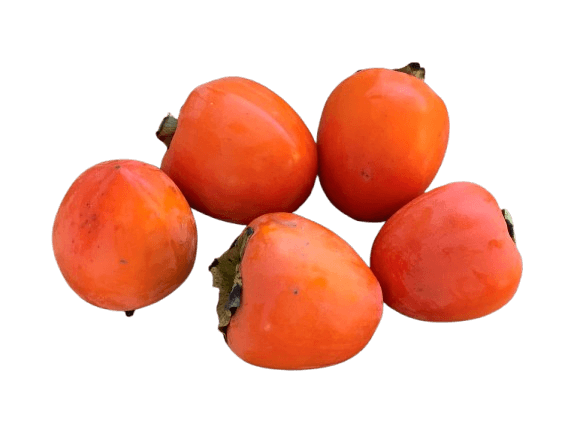
Golden-orange persimmons shine in autumn when they ripen to soft, honey-sweet fruits. They’re often eaten fresh, baked into cakes, or dried for a chewy snack. While Fuyu persimmons can be eaten firm like apples, Hachiya persimmons must be fully ripe to avoid their astringent bite. Originally from Asia, they’re now grown worldwide, loved for their smooth texture and rich flavor.
7. Peruvian Groundcherry (Cape Gooseberry)
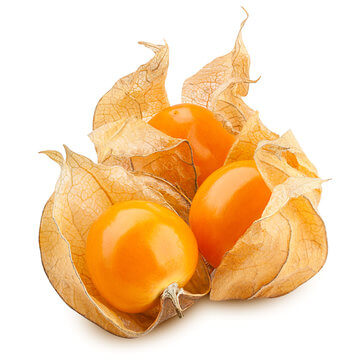
Tucked inside a papery husk, the golden-orange groundcherry looks almost like a tiny lantern. Tart yet sweet, it’s often sprinkled over desserts, blended into sauces, or enjoyed straight from the husk. Known as cape gooseberry or goldenberry, it thrives in warm regions and adds a bright pop of flavor and color to both savory and sweet dishes.
8. Pigface Fruit
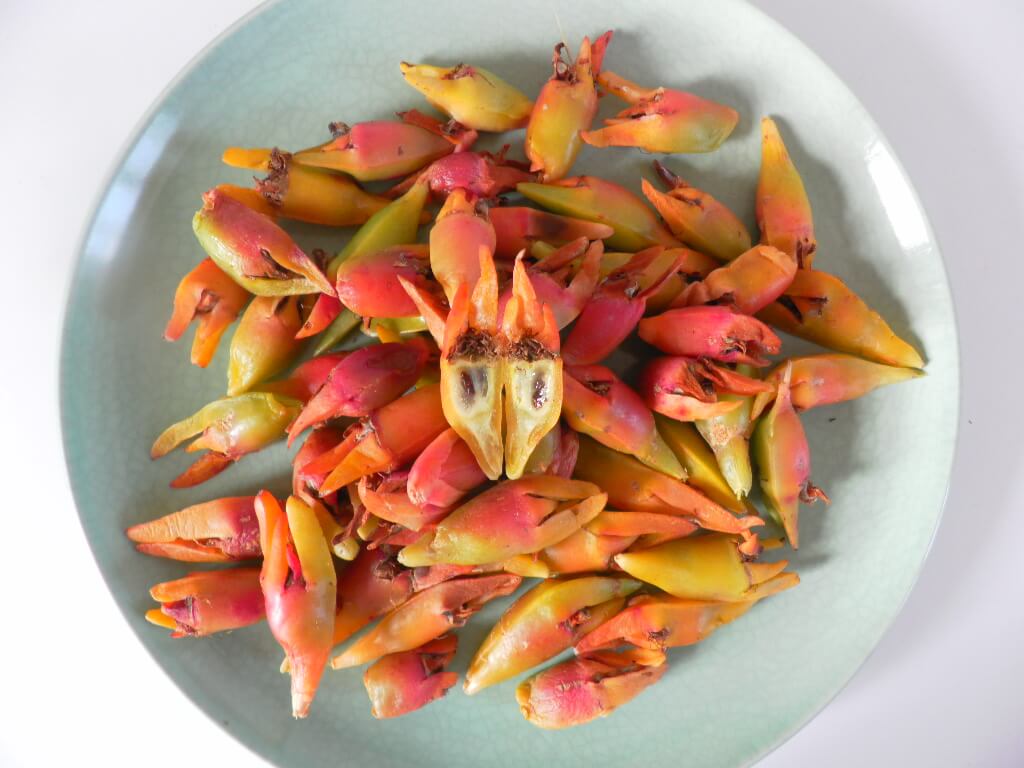
Pigface, a coastal succulent, produces small, fleshy fruits that ripen to orange or red. Indigenous Australians traditionally enjoyed them fresh, noting their fig-like flavor. The plant also bears striking purple flowers and thick, salty leaves that can be eaten when cooked. Hardy and salt-tolerant, pigface thrives near sandy beaches, where its fruits are a tasty surprise hidden among the dunes.
9. Pitaya (Dragon Fruit, some varieties)
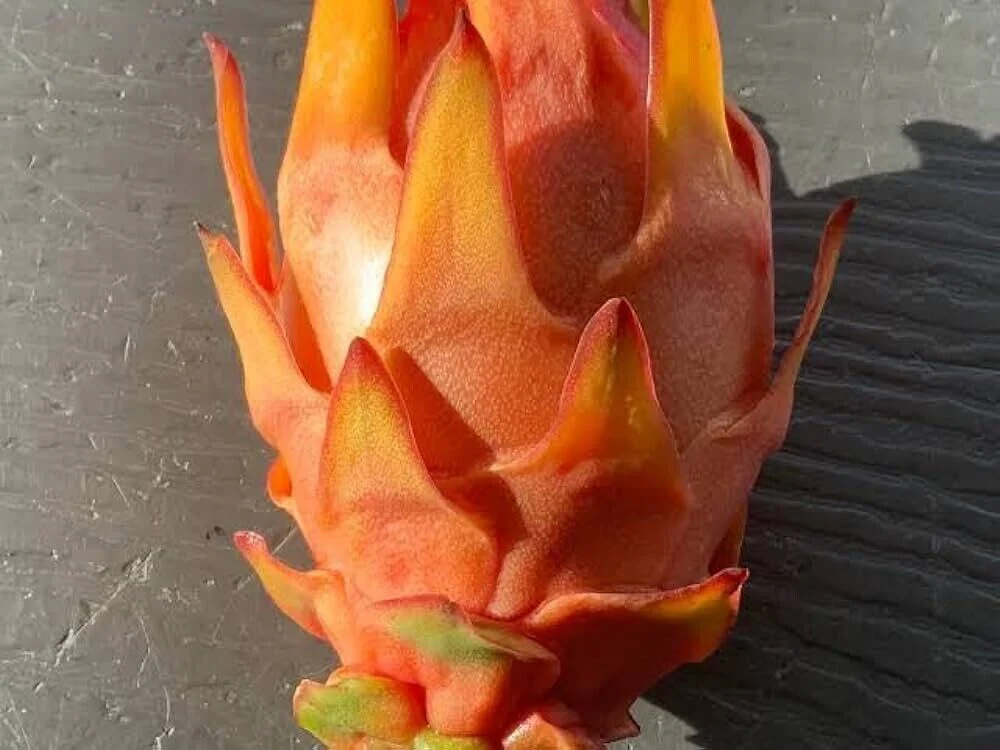
Dragon fruit is instantly eye-catching with its spiky, scaled skin, which in some varieties is yellow or orange. Inside, the pulp can be white or red, speckled with tiny black seeds. The taste is mild, slightly sweet, and refreshing. Originally native to the Americas but now grown across Asia, dragon fruit is prized for both its unique look and its cooling flavor.
10. Ponkan Mandarin

Ponkan mandarins are bright, easy-to-peel citrus fruits with juicy, sweet segments inside. Popular across Asia and South America, they’re one of the most widely grown mandarin varieties. The fruit’s cheerful orange color and refreshing flavor make it a favorite snack in winter months. They are often eaten fresh, juiced, or shared during festive occasions.
11. Poorman Orange
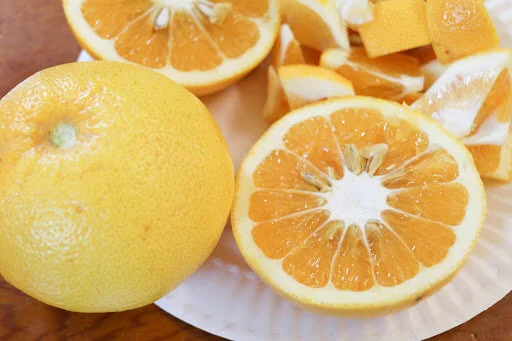
Despite its name, the Poorman orange is a rich-tasting citrus grown in New Zealand. Thought to be a cross between pomelo and mandarin, it resembles grapefruit but is usually sweeter and milder. With its orange peel and juicy flesh, it’s enjoyed both fresh and juiced. The Morrison Seedless variety is especially popular for its convenience and flavor.
12. Prickly Pear (some varieties)
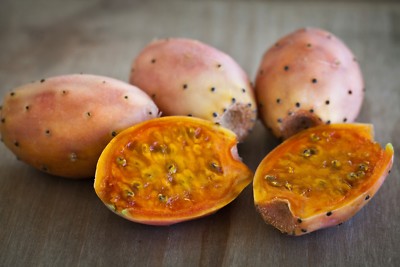
From the pads of the prickly pear cactus comes a fruit known as “tuna,” with pulp that can range from yellow, orange, pink, to red. Its taste is sweet, often compared to a mix of melon and berries. Once the spines are carefully removed, it can be eaten fresh, made into drinks, or turned into candies. Prickly pear has been valued for centuries in desert regions.
